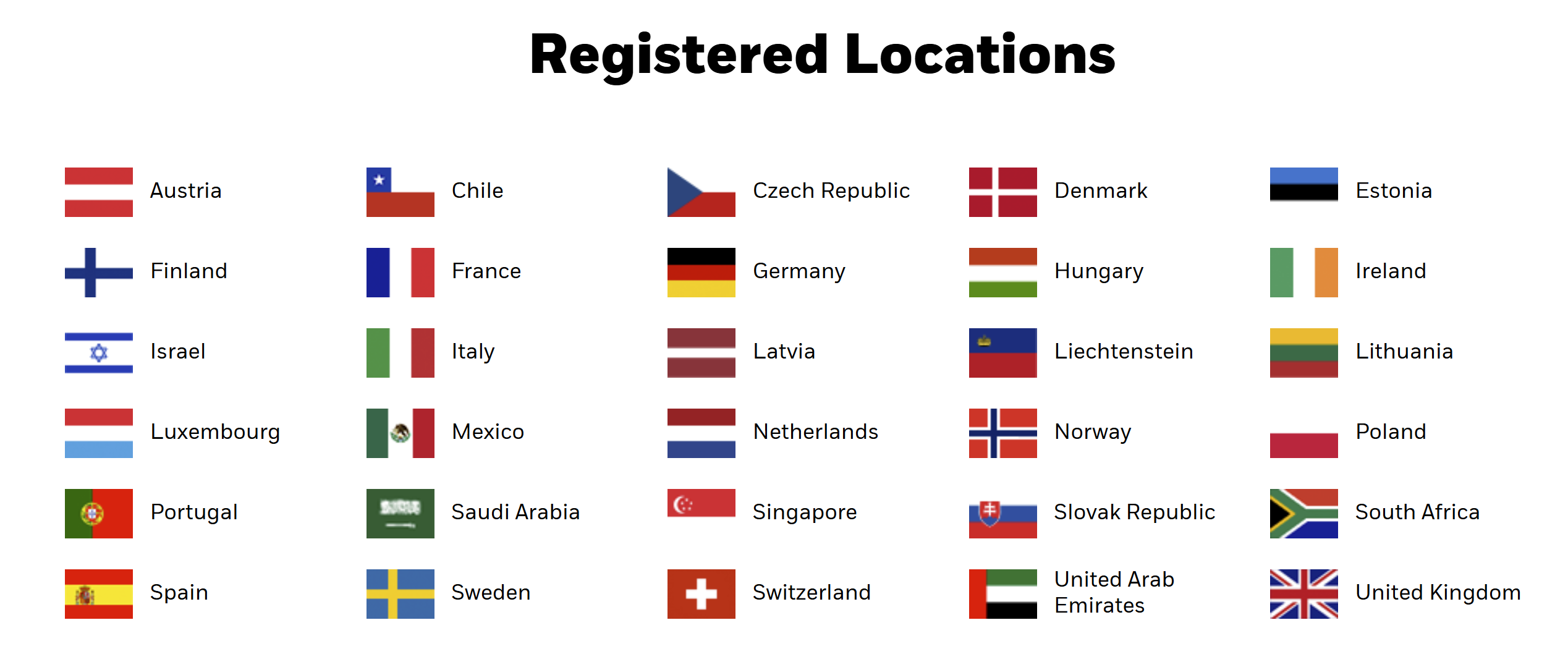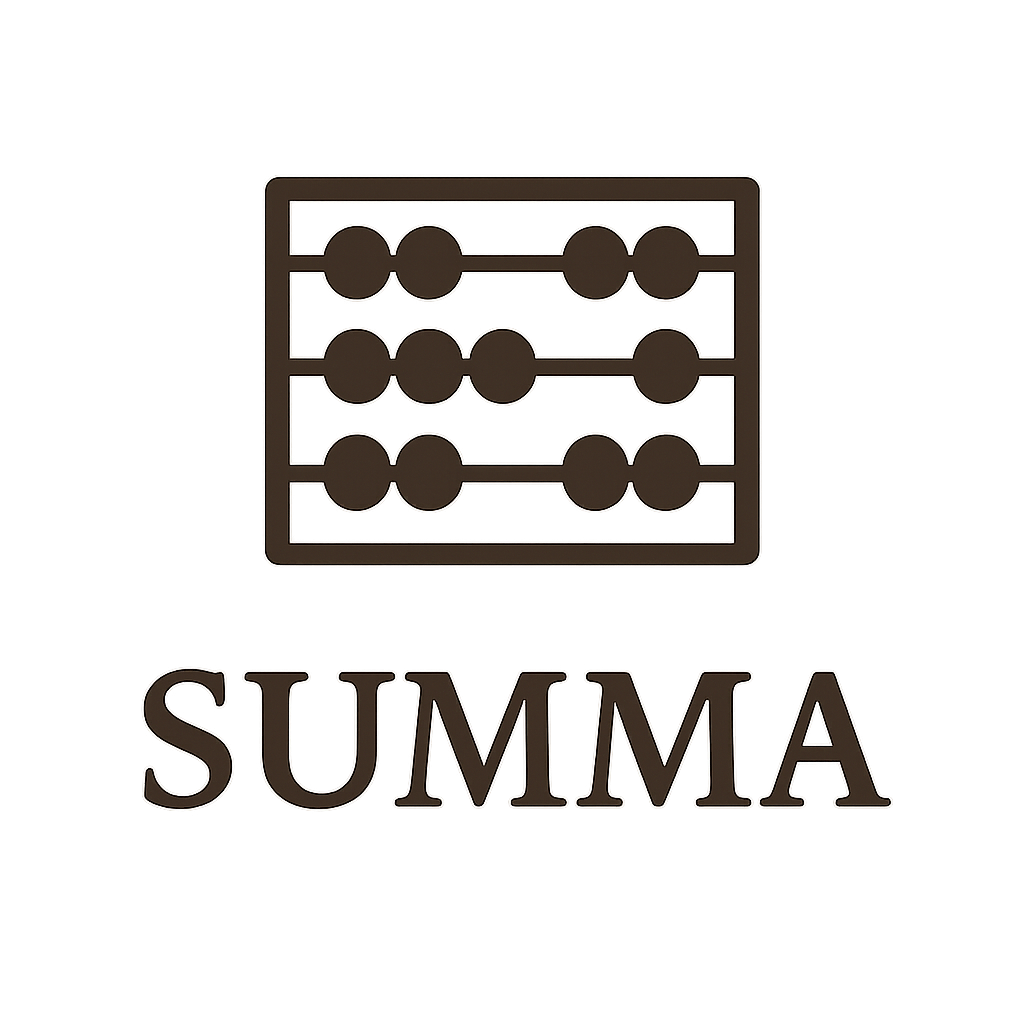Published: May 2025
Executive Summary: Moving to 24/7 Global Trading With Low Fees
Traditional stock market trading is constrained by limited hours, local exchange-access, and trading of a limited menu of stocks, hindering global investor participation and market efficiency. While frameworks like the EU's Undertakings for Collective Investment in Transferable Securities (UCITS) aim to broaden cross-border access for pooled investments and are a first step to uniform trading rules, they often introduce significant regulatory burdens, leading to increased fees and reduced liquidity.
We propose a transformative solution: leveraging decentralized ledgers to create a truly global, 24/7 securities trading environment. By removing reliance on traditional “trusted” intermediaries, decentralized ledgers will significantly reduce costs, enhance liquidity, and provide seamless, round-the-clock access for investors worldwide. Investors access trading through apps that in turn act through decentralized ledgers to complete the trade. This innovation promises a more efficient, accessible, and equitable trading experience for all market participants.
Trading will move to 24/7 with minimal friction and the lowest cost.
Farmers’ markets were created to solve a coordination problem: bring consumers of farm products to a single venue during set hours rather than require consumers travel to the farms. While there are still reasons to shop at farmers’ markets (fresh local produce), they aren’t strictly necessary anymore. Now, produce may be purchased from distribution centers for home delivery via an app or 24/7 from one of many local grocery stores.
The original stock market exchanges were built for the same reason as farmer’s markets: to coordinate trade, which made sense when trading securities was face-to-face and manual. However, electronic platforms and global connectivity make these time and exchange restrictions increasingly anachronistic with friction and cost. Currently, trading on exchanges is limited to their market house (plus low volume after market trading). But exchanges exist across the globe, indicating that security and commodity trading should be 24/7, frictionless and low cost. A solution to this is to use app like Fidelity, Robinhood, Paypal, etc. to trade 24/7.
Standardization of Regulatory Framework Extends Markets
To provide 24/7 access to securities’ trading, the same security should be available on multiple markets across the globe. Standardization of pooled investments will facilitate global trading of mutual or exchange-traded funds. Undertakings for Collective Investment in Transferable Securities (UCITS) is an EU regulatory framework for the development, management, and sale of mutual funds across compliant states (EU, and other countries across Asia, Latin America, and the Middle East) (see UCITS EMSA, UCITS Central Bank, or UCITS FCA). By meeting UCITS compliance rules, the same fund may be traded globally across multiple exchanges (see below for CSPX, the UCITS SPY equivalent), thereby spreading the compliance costs across a greater number of users.

Summary of UCITS
While UCITS creates a uniform framework for trading pooled investments, UCITS also shows that (i) regulatory burdens may lead to unnecessary costs, and (ii) dispersing UCITS funds across multiple exchanges fractures liquidity and deprecates trading experience . UCITS is like a designation assigned to a fund—frequently mutual funds and ETPs—to demonstrate that the fund meets certain provisions to trade across many participating exchanges.
Heavy Regulatory Burden May Lead to Unnecessary Fees
UCITS-compliant securities frequently carry higher fees than their non-UCITS counterparts, likely due to greater regulatory complexity in EU-designed rules. For example, iShares issues both the US-domiciled IVV and the Ireland-domiciled CSPX, both tracking the S&P 500. IVV charges 3bps annually, whereas CSPX charges 7bps. If UK traders opt for a currency-hedged version (GSPX), the expense ratio climbs to 10bps.
This fee disparity, however, isn't universal. For instance, the US-domiciled EWJ (tracking Japan) exhibits a significantly higher expense ratio (50 bps) than its UCITS counterpart (12 bps). This particular reversal may be attributed the first-mover advantage enjoyed by EWJ compared with the competitive pressures between multiple low-cost Japan UCITS ETFs.
The higher fees cover higher legal costs to ensure UCITS compliance, but the question is whether the increased regulation makes UCITS funds safer than US funds. The higher costs may explain why the liquidity is greater for IVV compared with CSPX, generally resulting in lower spreads for IVV. Thus, most EU investors might benefit from purchasing IVV over CSPX, but IVV is not traded on their local market.
Spreading UCITS Funds Across Multiple Exchanges Dilutes Liquidity
Although UCITS provides regulatory approval for the funds to be issued on participating exchanges (see Figure above), each exchange provides its own liquidity for the UCITS funds. The exchanges are not currently interlinked to the degree that they aggregate liquidity for the UCITS fund. Fractured liquidity leads to poor trading experience and increased costs as described above.
Market Hours for Each Exchange Limits Global 24/7 Trading.
There are many inefficiencies related to traditional finance rails that lead to unnecessary costs for investors. Take this stylized example.
Market Maker A exists in the UK and quotes CSPX LN. During the day, they observe large cash inflows and so must create new shares to flatten their short position. These shares are created at 4pm ET because that is when the NAV stamps. Because the markets close earlier in Europe than the US, they need to submit their creation far before US markets are closed (iShares). Market Maker B exists in the US and quotes IVV. They observe substantial outflows and so submit a redemption order. Because CSPX LN is not fungible for IVV, the flows do not balance out. As a result, authorized participants receive double the primary market fees, trading fees (exchange, regulatory body, etc.) are doubled, and market maker A (if they decided to continue trading after the cutoff) will have observed an extra day of holding costs if they also observe the reversing flows.
If markets were unified and trading 24/7, such as on crypto exchanges, these fee reversals and varying cutoff times will obviated. Lack of trading transparency to regulators across markets makes these fees necessary, enriching intermediaries who connect rails across countries and facilitate creations/redemptions. By leveraging decentralized ledger technology, however, regulators will have more insight into trading behavior, resulting in lower fees and better products.
What can we learn from UCITS?
UCITS exist to provide the same pooled investments across multiple countries with standardized rules. However, not all markets may list each UCITS fund and not everyone has access to invest in all markets, creating structural challenges for capital formation and allocation. Some countries do not support the regulations required for UCITS listing; others do not have participating exchanges; others do not list all UCITS funds. Regardless, investors hoping to trade ETPs that track the S&P 500, for instance, need to hope they are in the handful of countries that offer it. Those who may trade them have to pay for costly legal fees, cross-country interactions, and monopoly costs.
Since UCITS are traded globally and across market hours, we see the coordination problem solved by exchanges should be a thing of the past. Market makers quote UCITS in Singapore and Chile, demonstrating that liquidity and pricing can be counted on around the clock. By continuing with fragmented liquidity across individual exchanges, investors lose. Regulators historically could dismiss these concerns over transparency and listing requirements, but on decentralized exchanges, global regulators will have the chance to develop a unified framework that can help enable safe trading everywhere.
The Way Forward
By creating a new class of ETPs on crypto rails, these trading problems will be diminished. Transparency of markets using decentralized ledgers reduces the need for costly intermediaries and simplifies regulatory challenges. These decentralized ledgers may be directly accessible 24/7 by apps/exchanges; KYC/AML/compliance occurs via app/exchanges as it does now, and improved trading experiences is provided by using the decentralized ledger with 24/7 transactions and unified liquidity.
Creating a new UCITS-light regulatory framework to trade across borders in these exchanges, markets will be a key unlock in building the market for ETPs, helping all parties involved in their trading by removing the expense of “trusted” intermediaries.
Exchanges play a crucial role in modern markets. Nonetheless, their rigid hours and geographic constraints limit access in ways that no longer match how global investors wish to operate. We believe decentralized ledger technology can solve these challenges. In fact, we envision a app-based system where investors anywhere in the world trade the same fund with low fees and high liquidity.
